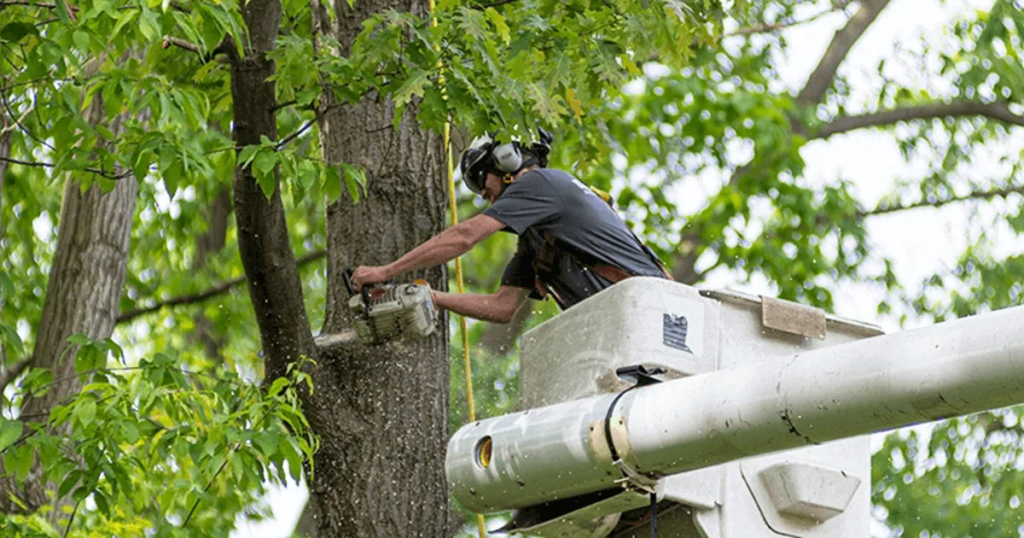SEO is a cost-effective marketing strategy that delivers significant returns on investment. It can help you capture existing demand and grow your business by driving organic traffic and converting visitors into customers.
A good SEO article will answer your audience’s questions and be optimized for search engines. It will also include relevant keywords and phrases. Click the https://www.rankboss.com/ to learn more.

On-page optimization is the process of optimizing elements on individual pages of a website to increase search engine visibility. It involves both content-focused and technical aspects of SEO, including keyword research, meta-tags, and URLs. On-page SEO is a crucial component of any digital marketing strategy because it impacts organic search traffic. Unlike off-page strategies, on-page optimization is directly within your control. It’s important to keep up with on-page SEO best practices and techniques, as search engines constantly evolve their algorithms to provide the most relevant results for users.
One of the most important factors in on-page optimization is using keyword research to ensure that your webpages are highly relevant to searchers’ queries. It’s also essential to optimize title tags and meta descriptions to increase CTR and boost rankings. Title tags should be concise and include your primary keyword, while meta descriptions should be compelling and descriptive.
Another on-page optimization technique is using internal links to connect related pages on your site. This helps search engines crawl pages more quickly and improves user experience. In addition, a well-structured internal linking structure signals relevance and depth of content. It’s also important to monitor keyword rankings to ensure that your on-page SEO is working.
Lastly, make sure your website’s content is relevant and helpful for users. Google continues to prioritize people-first content, so it’s important to create original and useful content that answers your target audience’s questions. This will help you rank higher in the SERPs and improve user experience.
Optimize your website’s speed by minimising the number of HTTP requests and minimizing file sizes. You can do this by implementing image srcset, minifying CSS and JavaScript files, and enabling browser caching. In addition, you can optimize HTML code to reduce page loading time.
Optimize your URLs by including your primary keyword and considering intent. For example, if you’re trying to attract local searchers, use location-specific keywords in your URLs and consider adding structured data for product listings. This will help your business appear in the Google Shopping carousel for relevant searches. Additionally, be sure to update your Business Profile with accurate and complete NAP information to improve local SEO.
Off-page optimization
Off-page optimization includes all the marketing activities you conduct off of your website. These include link building, social media marketing, content marketing, and influencer outreach. These tactics all contribute to off-page SEO, and it is important to balance them with on-page optimization.
Off page SEO Optimization helps to boost your site’s authority and ranking in search engine results pages (SERP). These activities can take a long time to bear fruit, but they are critical for driving organic traffic. The most effective off-page optimization strategies are to create high-quality, shareable content and engage with your audience. This is a great way to increase your brand’s visibility, improve website traffic, and generate leads.
The term “backlink” has gained a negative connotation and should be avoided in your off-page optimization efforts. Instead, you should focus on earning citations and mentions from authoritative, relevant sources that add value to users. This approach to off-page SEO is more modern and strategic, and it will help you earn more high-quality links in the long run.
In addition to backlinks, off-page SEO also involves generating awareness and credibility for your brand. This can be done through social media marketing, guest blogging, or by participating in events and speaking gigs. These tactics can increase your brand’s exposure, build relationships with influencers in your industry, and improve website traffic.
Although off-page SEO is not directly tied to a website’s ranking, it has become an important factor in Google’s algorithm. In fact, according to research by Whitespark, off-page factors account for over 50% of local SEO rankings. In addition, a study by Moz found that the number of backlinks is still the top ranking factor for local searches.
There are a few different types of off-page SEO, including natural, built, and created. Natural and built links are the most useful, but they can be difficult to achieve. While creating shareable content is the best way to build natural links, you can also try submitting your content to directories and forums. However, be careful not to abuse these tactics, as they may be considered spam.
Link building
Getting your content seen online is the primary objective of any website, or business for that matter. But achieving that visibility requires more than just creating high-quality content or optimizing your website’s structure. It also requires a solid link building strategy. This is a key component of SEO services and can be the difference between your website’s success or failure.
There are many ways to build links, but it’s important to remember that it takes time and patience to do so correctly. You must make sure that the links are related to the content of your site and not spammy or irrelevant to the search engine’s criteria. This is why many experts suggest focusing on quality over quantity.
When building a link building campaign, you need to have a clear goal in mind, and understand the value of each type of link. This is the only way to ensure that your links are effective, and will help you improve your search engine ranking. For example, a link from a news site is more valuable than a link from a blog or social media platform.
Another important aspect of a link building campaign is knowing how to analyze your competitors’ backlinks. There are several tools that will allow you to see who is linking to your website and what their anchor text is. This information can be used to determine how competitive your competition is.
In order to get the best possible result, you should try to target sites with similar audiences. This will increase your chances of getting the highest quality links from high-quality websites. You can also use resource pages as a link building strategy. These are pages that contain information about a specific topic and have a lot of authority in the industry.
Creating a good link building strategy is not easy, but it’s well worth the effort if you want your website to rank higher in search engines. In addition to this, it will also attract more organic traffic. However, if you’re not careful, you may end up with a penalty from Google. The most common penalties are the Panda and Penguin updates, but Google also issues manual penalties. The best way to avoid a manual penalty is to have a clean link profile and submit a reconsideration request.
Keyword research
Keyword research is an important step in SEO copywriting because it determines what search terms your audience uses to find information and products. The keywords you choose should align with your audience’s needs and be relevant to the content on your website. In addition, you need to be aware of your competition’s strategy and the keywords they are using. Performing keyword research is not an exact science, but there are some best practices that will help you find the most effective keywords for your business.
To begin with, brainstorm ideas for the type of search terms your customers would use to find your product or service. These keywords are called seed keywords. You can then plug these seeds into a keyword research tool to generate a list of more related keyword phrases. The tool will also show you metrics like search volume and difficulty, which can help you understand how popular and competitive a particular keyword is.
Another important aspect of keyword research is understanding customer intent. Some keywords will indicate a person is ready to buy, while others might be looking for information. This means you will need to create different types of content to meet the needs of each type of user.
In addition, you should consider the language and context of keywords. For example, you should avoid using slang or misspellings in your content. This can make it difficult for people to read and may affect your rankings in search engine results pages (SERPs). It’s also important to remember that the way your words are pronounced can impact their popularity.
Finally, you should be aware of the trends and seasonality of your keywords. These fluctuations in popularity can influence the amount of traffic you receive from each keyword. For example, some keywords may be more popular during the holidays. By following these tips, you can improve your SEO copywriting and get more valuable visitors to your site.








